Coronavirus affected a number of industries, most of them in a bad way.
Travelling companies are losing money every day, while airlines are completely out of business and it is not certain how they will recover even when all of this is over.
People are focusing on staying home and purchasing only necessities, which has already caused drops in the technology, transportation, and retail industries.
All of this is leading to people not clicking on ads related to these industries, further causing a drop in advertising in general and loss of income to the companies who now have to stop their ad campaigns.
So today, we wanted to talk about how the online world is dealing with coronavirus, and which websites and industries have experienced increased traffic and which have not.
Let’s begin.
Daily trends have changed during Coronavirus
It is April, but instead of looking for their next vacation and clicking Hawaii related ads left and right, people are more worried about the news and having all of the necessities at home. This, of course, includes toilet paper.
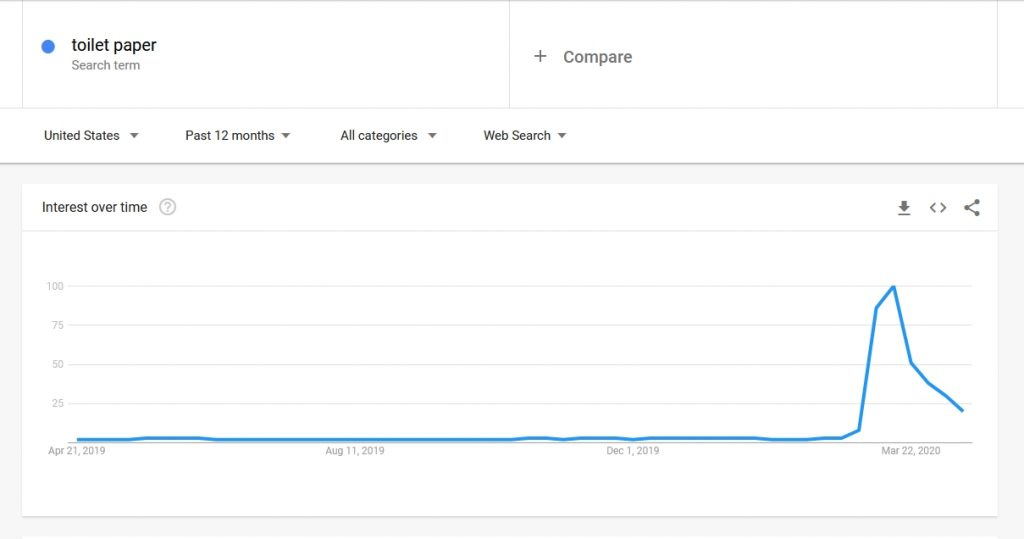
It’s really interesting to me how practically no one was searching for toiler paper before all this, as well as anything related to disinfection. People are also looking up how to properly wash their hands and where they can find more hand sanitizer:
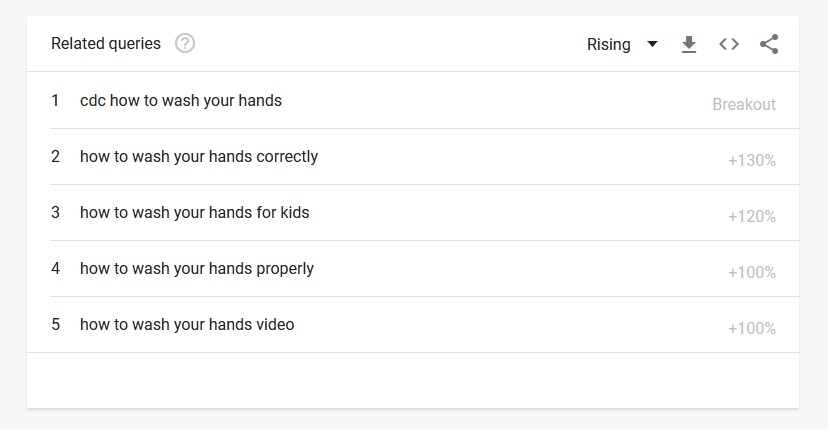
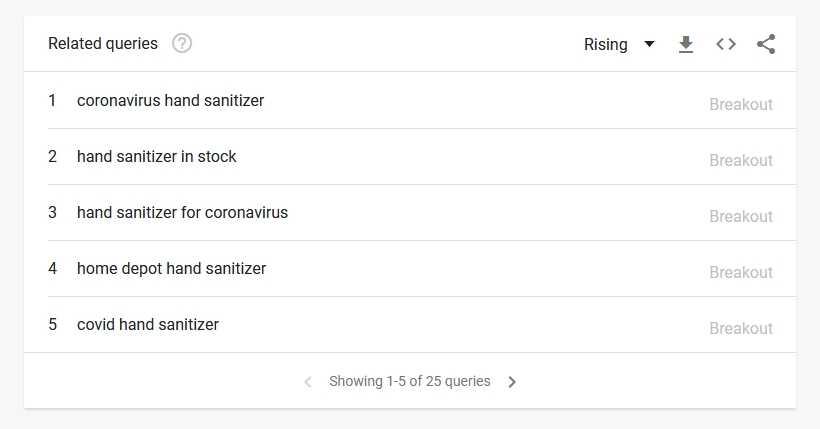
Aside from this, many are buying lots of flour to stock up and are therefore also googling how to make their own bread (you will notice similar results if you search for many other simple recipes):

People are also looking up how to buy stocks now more than ever:

How are the different industries doing?
We already mentioned this in the beginning, but let’s look at it a bit more in-depth. Here’s a chart of coronavirus global online traffic impact from the end of March 2020:

Supermarket is, of course, on top, with a 161.4% traffic increase. It is followed by media, because right now, people are forced to stay home and are bored more than ever. This is affecting them to consume more than usual hours of all kinds of media, from TV shows to livestreams.
Media and entertainment during coronavirus
The average number of Twitch viewers is 1.6 million, but on April 10th, Twitch reached the most views so far – almost 4.4 million. YouTube said that there was a 500% increase in views on March 15th, with a 200% increase of views in working out videos and a 100% increase in videos about cooking.
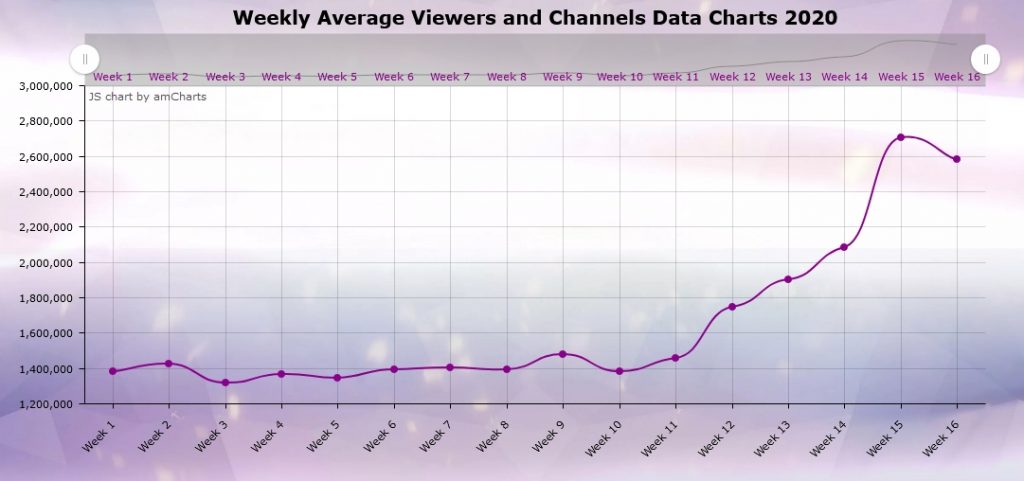
Gaming is also in full swing: on March 25th, there were more than 20.3 million people using Steam, of which 6.2 million were playing a game. Additionally, Eurogamer published an article about Counter-Strike: Global Offensive hitting 1 million concurrent players for the first time. Pretty amazing for an 8-year-old game, don’t you think?
The second and third most played games on Steam don’t even come close: Dota 2 peaked at 685.879 players, and the biggest number of concurrent players of PUBG is at 525.462.
The telecommunication industry
Because they’re bored, people are using their devices more than ever, especially their smartphones, hence the rise of telecommunication traffic.
In fact, people are using the internet so much that the providers are struggling with the amount of traffic, which lead to Netflix reducing the quality of their content as to ease the strain of the increased traffic on the providers.
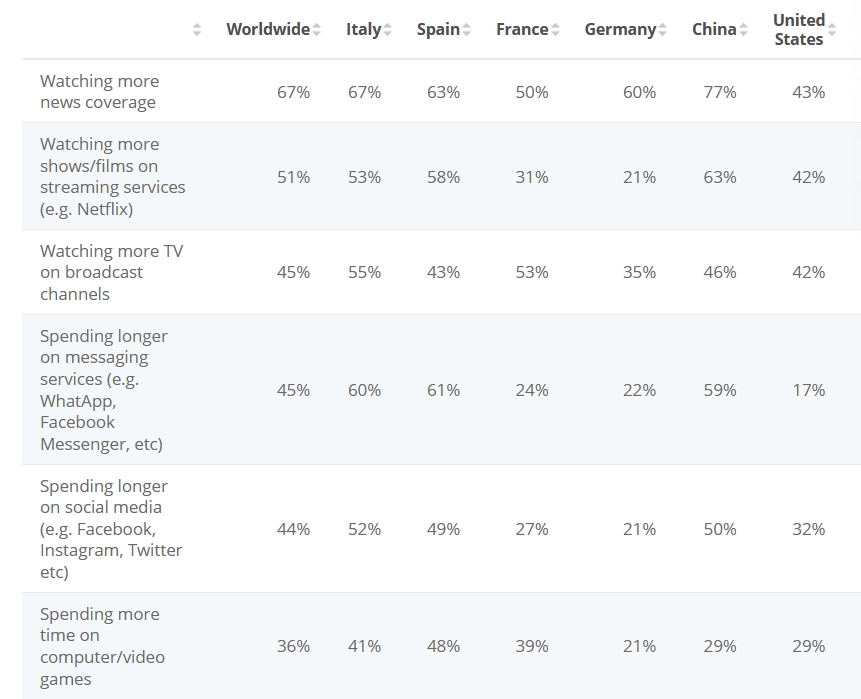
What other services are used right now?
Online services that enable working from home to companies, such as Zoom, Slack, Cisco and Microsoft Teams are experiencing a huge influx of users. Check out the rise of searches related to video conference calls:
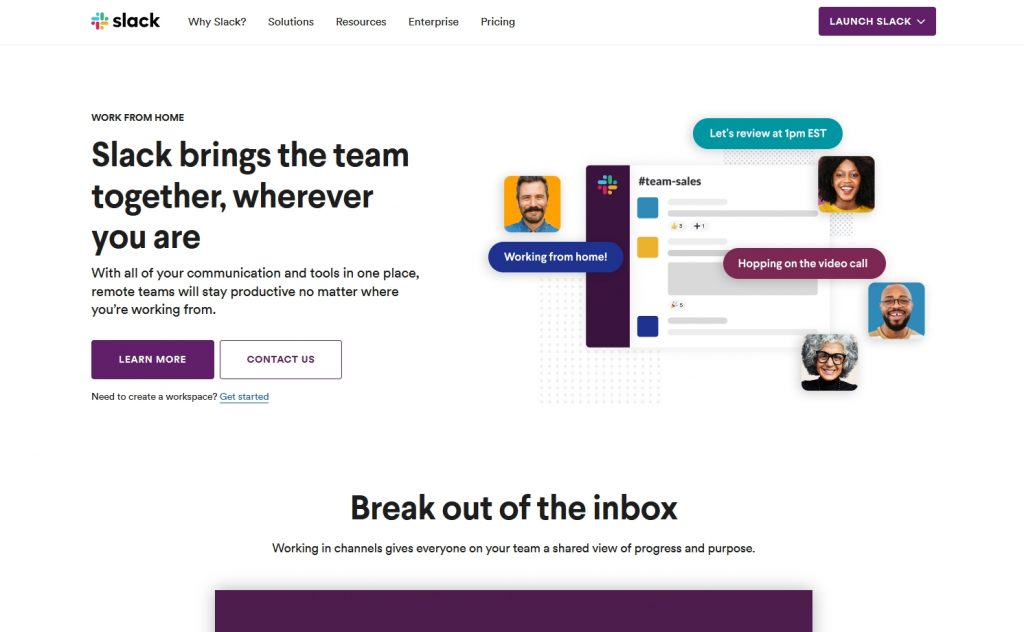
On March 10th, Slack, a service that allows people to talk and get things done, hit 10 million simultaneously connected users. The number only continued to grow in the next few days. Microsoft Teams, on the other hand, reached 44 million daily users at the same time. For comparison, this service had 20 million users in November.
There’s also Zoom, with 200 million active users in March. Unlike Microsoft Teams, that companies mostly use for business, Zoom is used by both schools and people looking to chat with their friends and family. Be careful if you’re planning to use this platform, though, it’s had a variety of security issues.
Websites that help people learn skills
Aside from working from home and consuming media, people are also using their time in quarantine to learn something new.
Services such as Khan Academy, Duolingo, Codeacademy, Udemy, Coursera, Skillshare offer both free and paid classes.
The websites that are offering paid classes are having sales, making their services more affordable, and some of them are even making some of their courses free.

Coursera offered free online courses to universities and made some of their courses free, Udacity offered free tech training to employees who were laid off because of the pandemic, and SkillShare allows their users to get 2 months of Skillshare premium for free.
How can you boost your own traffic during coronavirus?
If you are working from home and are scared about your traffic dropping significantly, here’s some tips that could help you.
1. Continue providing useful content for your audience
People need content now more than ever, so if you run a blog that they frequently visit, don’t let them down now. If it’s possible to include advice that could be useful to them during the quarantine, go for it.
Give them tips about working from home, and where they can find free entertainment and online courses. Encourage them to share their current situations in the comments, and if they have any suggestions about what they would love to read about next.
2. Local SEO matters now more than ever
If you are still able to offer your services during the quarantine, you’re very lucky. There are more and more searches about ‘food delivery near me’ and ‘restaurants that deliver food’.
The same goes for services that deliver just anything, especially groceries. If you have a Google Business Profile, make sure to go through it and include phrases such as ‘nearby’ and ‘near me’, so people can find your business more easily.
But whatever you do, don’t try to exploit the pandemic and profit off it. Not only is this extremely socially unacceptable, but it can also damage your brand forever.
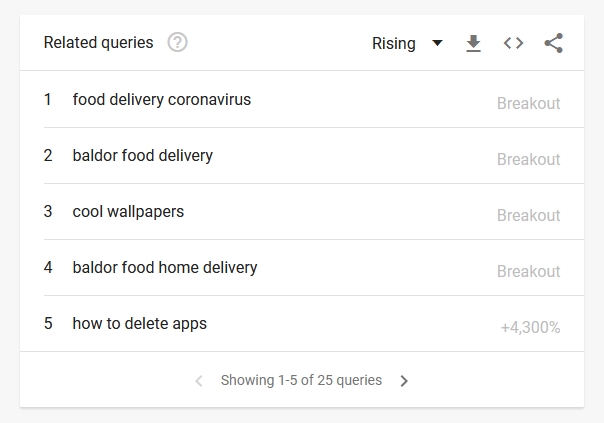

3. Don’t forget about your new customers
The world has changed in the past few weeks, and so have people. Most of us don’t know how to deal with constantly being inside, and are trying out new things.
Because of this, you might notice some new visitors and customers coming to your website and checking out your products and services. Use Google Analytics to learn more about their interests, browsing habits, location and demographics, so the next time you create an ad campaign, you can take it all into account and make it even more successful.
Wrapping up
Coronavirus has shaken the world and changed the way we live. Forced to stay inside, people are starting to work from home, and cure their boredom with entertainment.
Because of this, the entertainment industry, online learning platforms and services that provide video calls and chatting are thriving. The daily trends have changed, and instead of planning travelling, people are looking up news, food delivery and how to buy stocks, searches that are helping news sites and finance-related services.
To make sure your brand doesn’t become irrelevant during the pandemic, you can continue providing valuable content for your audience (even better if you can include advice related to the pandemic and staying safe). Additionally, local SEO is extremely relevant right now, so if you hadn’t already optimized your Google My Business listing for it, now is the time.
Don’t forget about all the new customers you might be getting and put some thought into how you can retain their loyalty after all of this is over.
Stay safe and thank you for reading!





